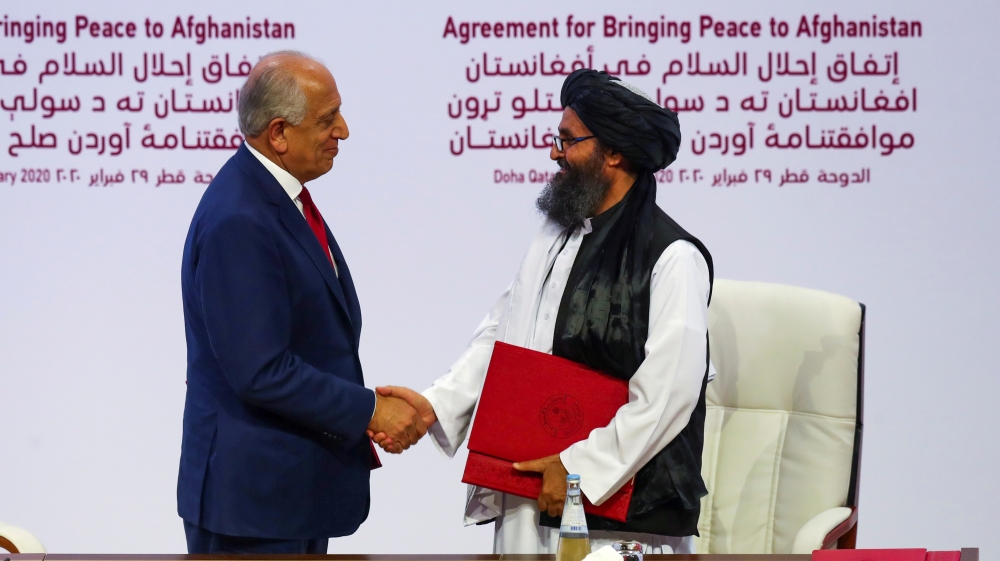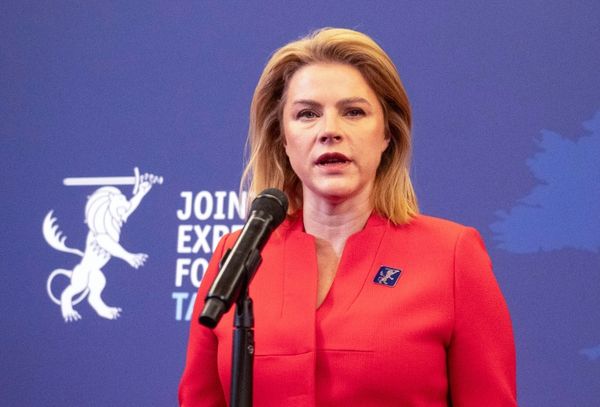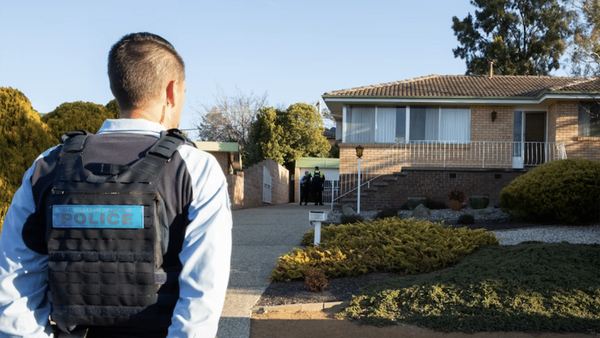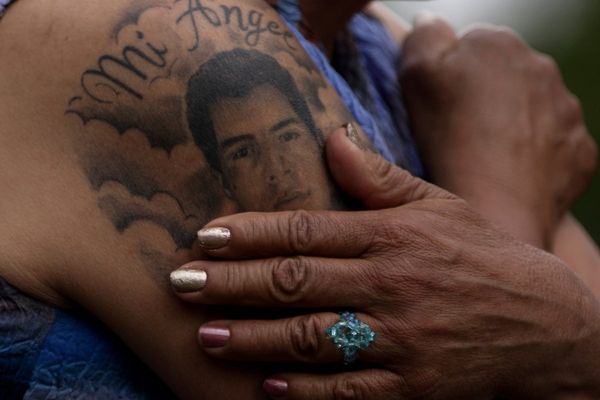
The Taliban co-founder Abdul Ghani Baradar has been named as the deputy leader in the new caretaker government of Afghanistan announced on Tuesday weeks after the armed group took over the country in a stunning military sweep.
Baradar, who headed the Taliban’s political office in Doha, has been the Taliban’s most visible face in recent years as the group’s chief, Haibatullah Akhunzada, largely stays out of the public view.
Popularly known as Mullah Baradar, he emerged as the Taliban’s number two after the death of Mullah Mohammad Omar in 2013. Omar, the Taliban’s enigmatic founding chief, was never seen in public.
Respected negotiator
Mullah Baradar represented the Taliban in negotiations with the United States in the Qatari capital, Doha, signing an agreement with them on February 29, 2020.
The agreement paved the way for the withdrawal of foreign troops from Afghanistan and intra-Afghan talks to be held in Doha.
He had led the group’s political office in Qatar since January 2019, months after he was released from a Pakistani jail.
He had fled to Pakistan after the Taliban regime was overthrown in a US-led military invasion in 2001.
Mullah Baradar is also seen as the moderate face of the armed group, whose six-year rule (1996-2001) was marked by atrocities against ethnic minorities and curbs on women’s rights.

Declaring on August 15, he struck a modest note. “We have reached a victory that wasn’t expected. We should show humility in front of Allah,” he said in a video statement.
“Now, we have to show that we can serve our nation and ensure security and comfort of life.”
Baradar is one of the main leaders of the armed rebellion against the US and the Western-backed government in Kabul.
He is also respected within the Taliban for his negotiating skills, which were on display at the Doha peace talks.
Days after the Taliban’s agreement with the US, then-President Donald Trump described him as “very good” in a phone call.
In July, Baradar met Chinese Foreign Minister Wang Yi in Beijing as part of the group’s diplomatic outreach.
Following Kabul’s fall, China said it was looking forward to “friendly and cooperative” ties with the Taliban.
He also represented the Taliban in the failed talks with the administration of outgoing President Ashraf Ghani after the Taliban seized Kabul.
Early life
The Taliban co-founder was born in Uruzgan province in 1968 and raised in Kandahar – the country’s second-largest city.
Like many Afghan leaders, he joined the Mujahideen forces fighting the Soviet occupation in the 1980s.
After the Soviet withdrawal in 1989, the country descended into civil war as Mujahideen commanders fought for control of territories.
Disillusioned with the infighting, Mullah Baradar moved to Kandahar where he set up a religious school with Mohammad Omar.
Mullah Baradar helped Mullah Omar to found the Taliban movement in the early 1990s. He was very close to Mullah Omar and went on to marry his sister.

He served in several key military and administrative positions during the Taliban rule from 1996 to 2001 – he was the deputy minister of defence when the Taliban was toppled from power in 2001.
He fled to Pakistan after the US invasion and was arrested in 2010. Photographs of him being paraded in chains by the Pakistani authorities were widely shared on social media.
Reasserting his authority
He was released from a prison in Pakistan in October 2018 after a meeting in Doha between the Taliban and the US envoy for Afghanistan, Zalmay Khalilzad. He later joined his family in Afghanistan.
His release, according to security experts, was part of high-level negotiations led by Khalilzad with the Taliban.
“Ten years ago, Mullah Baradar led a dissident faction of the Taliban that wanted peace talks with the [Afghan] government of then-President Hamid Karzai,” David Sedney, deputy US assistant secretary of defence for Afghanistan and Pakistan under former President Barack Obama, told Al Jazeera in 2019.
Sedney was referring to Mullah Baradar’s push for talks with then-Afghan President Karzai during the Quetta Shura, a group formed when the top leadership of the Taliban is believed to have based itself in the Pakistani city of Quetta after the 2001 invasion.
Sedney said that following Baradar’s release at the request of the US, “many people thought he would fade into the distance, but instead he has taken advantage of a fractured Taliban leadership and the desire of many Taliban for peace to reassert his authority”.







